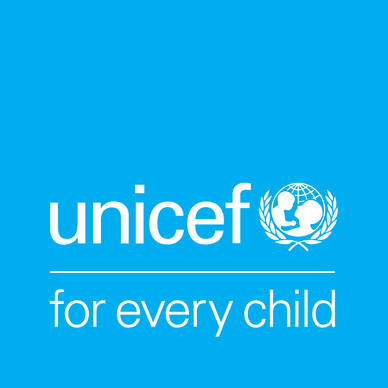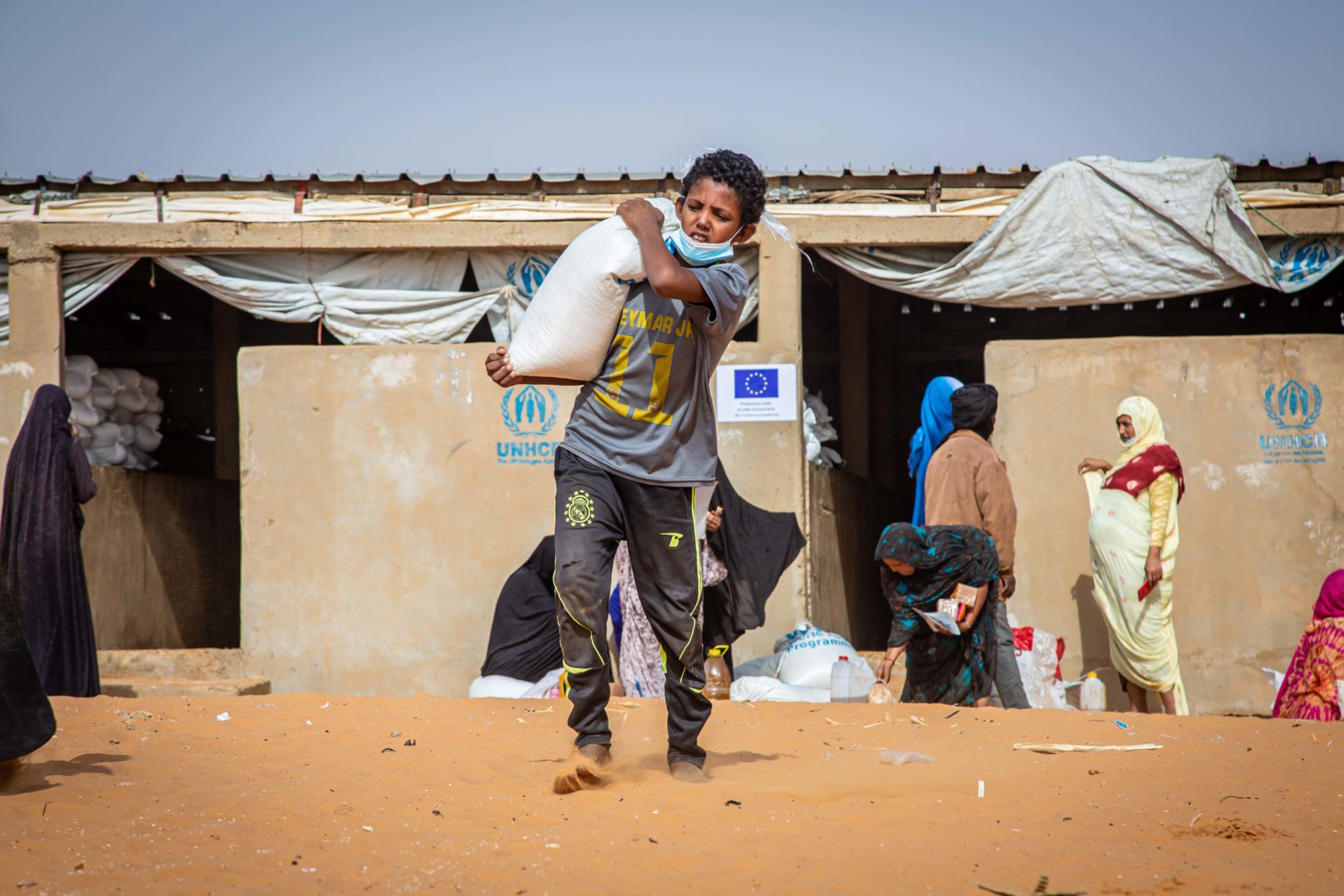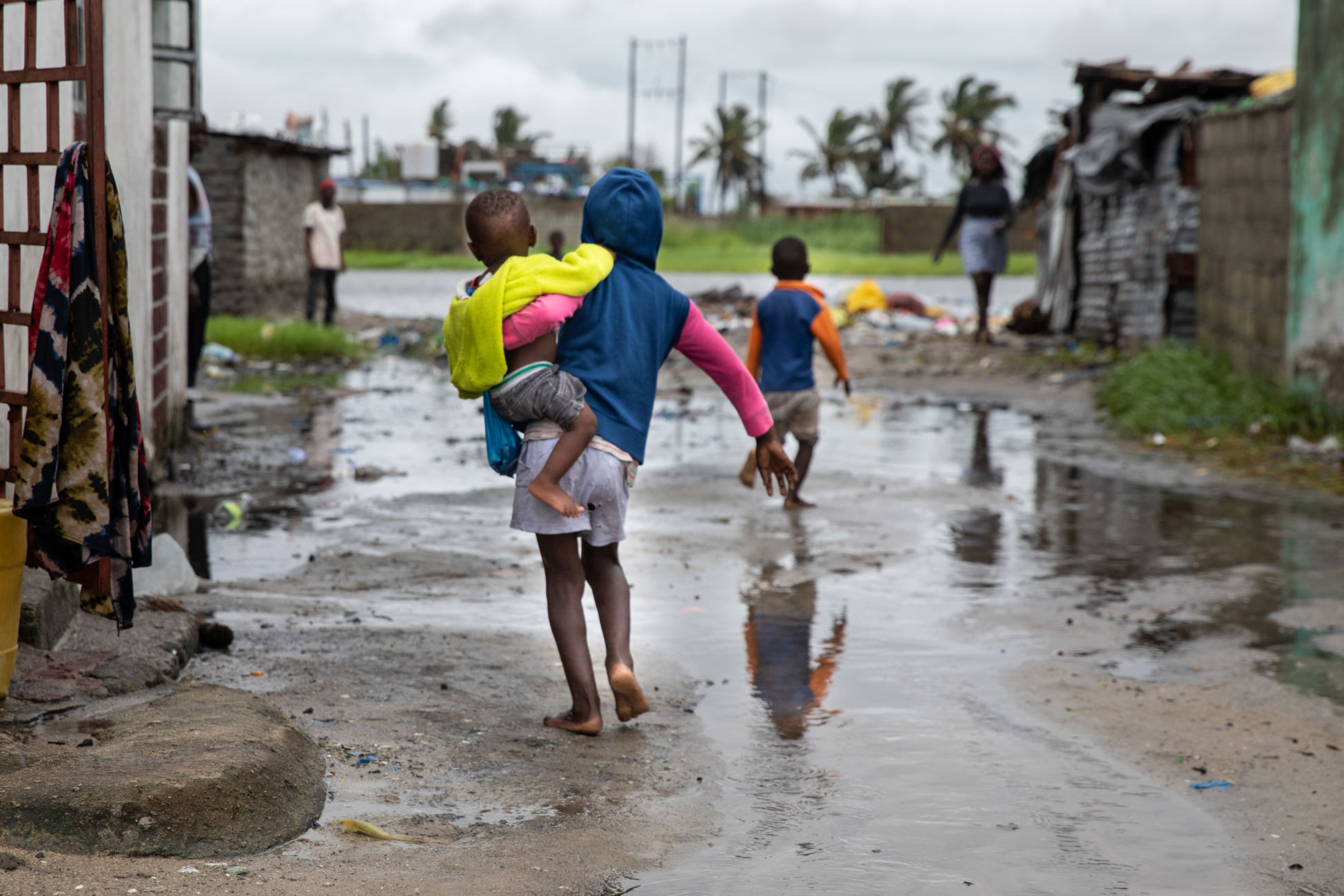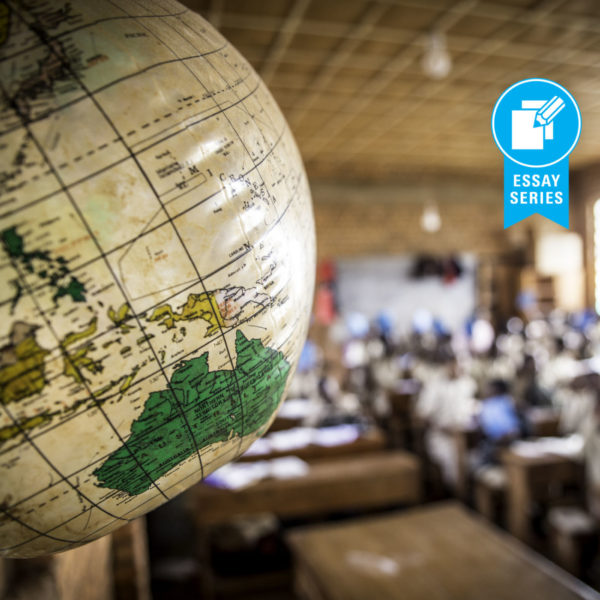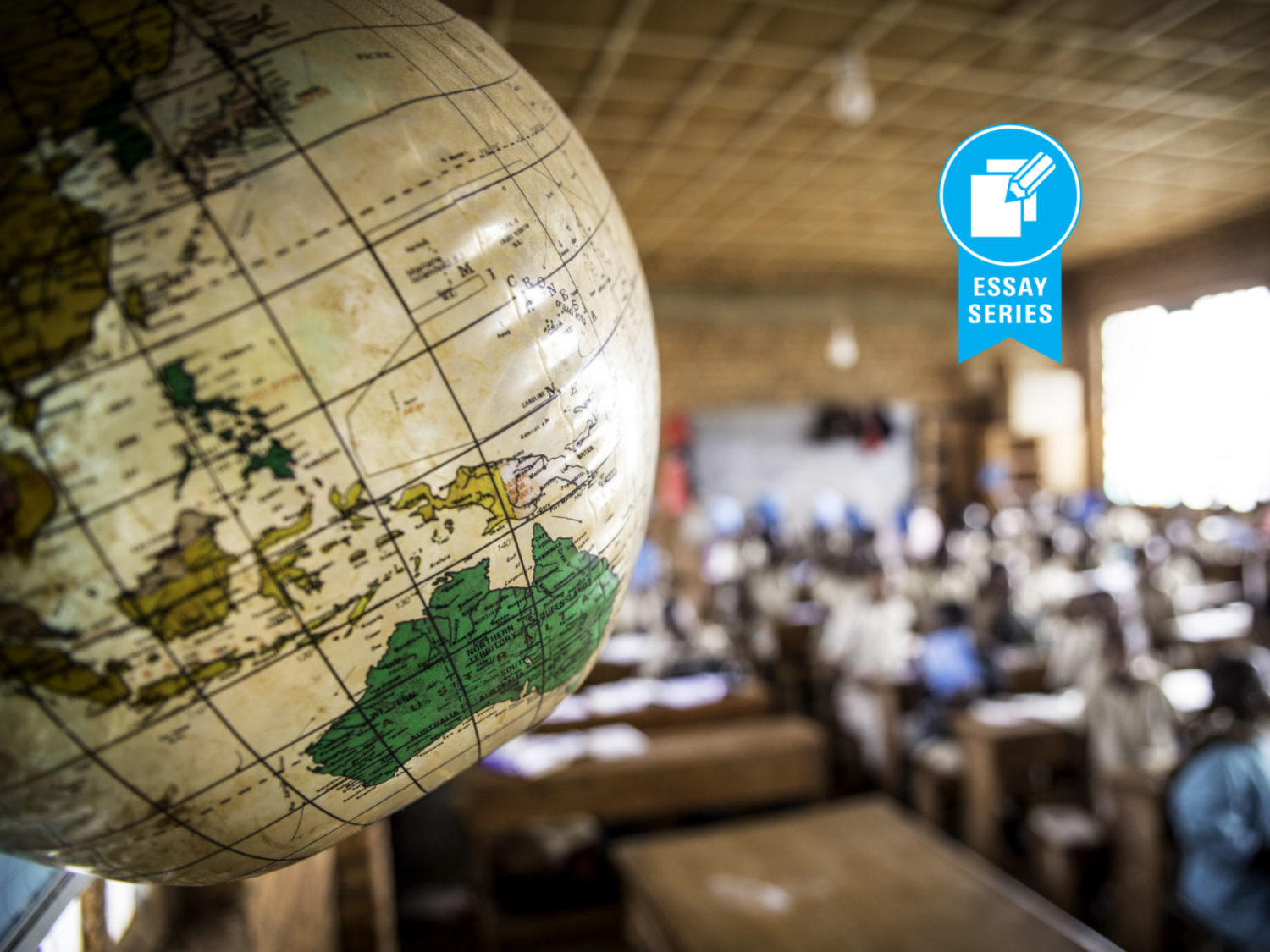
Becoming a leader for Child Rights in a Time of Crisis – Introduction
Despite patchy progress, global efforts to develop and distribute COVID-19 vaccines has given rise to hope that the world may be slowly emerging from the grip of this pandemic. Assuming this progress continues, we will shortly have to wrestle with two competing impulses. The first, already apparent in those nations with the highest rates of COVID vaccination, is a rush to get back to pre-pandemic ‘business as usual’ as quickly as possible – back to work, back to travel and holidays, back to inequitable and unsustainable production and consumption. The second lies in the hope that the pandemic will spur us to pause, reflect, re-tool and build our social, economic and environmental systems anew towards the Sustainable Development Goals that, if realized, have the potential to transform our world in the 21st century. For children specifically, the hope is that the pandemic becomes a pivot in our actions to realize the Convention on the Rights of the Child, and that governments are held to account for their commitments to the world’s youngest citizens.
When the pandemic was at its height in mid-2020, the more hopeful outcomes sometimes appeared more likely. Print, broadcast and online media were then replete with articles, blogs, texts and tweets on ‘building back better’ and ‘doing things differently’ once COVID-19 was over, taking the long term perspective rather than the short view. But as the emergence of vaccines and success of public health measures has eroded the existentialist fears engendered by the pandemic, and countries begin to lift mobility restrictions, sadly there appears less and less talk of seismic change in the post pandemic era.
It is tempting, therefore, to err on the side of pessimism, and resign oneself to a return to the unjust, inequitable, and unsustainable world of 2019 and before. But we must temper that temptation with what the evidence tells us: that COVID-19 has changed our world forever and has brought into stark relief that we are currently on an unsustainable path unless we act now.
Children’s lives, rights and wellbeing have been, and continue to be, shattered by the impact of the pandemic. They, and their futures, have been disproportionately and negatively impacted in so many ways. Their education, their mental and physical health and the risks to their safety and protection have all seen huge setbacks which threaten to overturn decades of incremental progress for the world’s children.
Pre-COVID, 48% of the world’s children – and 90% of children in low-income countries – were ‘learning poor’: unable to read and understand a simple text by age 10. This global figure of learning poverty is expected to rise to 58% as a result of the pandemic. Isolation, worries about the future and missing friendships and school, are driving a crisis of mental health, especially among teenagers. Estimates showed that globally over half of all children—1 billion children, ages 2–17 years—experienced violence in the past year. Among boys and girls aged 15-19, self-harm is among the top five causes of death. And gains in protecting children from preventable diseases are threatened by disruptions to routine immunization – compared to 2020, more than one-third of respondent countries report experiencing such disruptions. Sixty lifesaving vaccination campaigns in 50 countries have been postponed as of March 2021. This delay is putting around 228 million people, mostly children, at risk of diseases such as measles, yellow fever, and polio. Meanwhile economic hardships mean that the number of children forced into child labour has risen to 160 million worldwide – an increase of 8.4 million children in the last four years.
COVID-19 may not generally make children sick, but it is a chronic injury to their rights, their wellbeing and to their opportunities to fulfil their potential and build a better future. This cannot be allowed to become the shape of the new normal for the children of the world. Indeed, we desperately need to prioritise the next and future generations and build a new world that safeguards their future in the face of a multiplicity of threats. If there ever was a global moment in the last 75 years to appreciate, as how fragile we are and to pause and set the world on a more sustainable and equitable path for its most precious assets – our children and young people – it is right now. And it can surely be done. There can be no nobler, more urgent, or more worthwhile vision for the post-pandemic world than a future fit for all children.
Because now there can be no more excuses. If the world can spend around $10 trillion, mostly spent in the richest countries of the world, to combat a pandemic, it surely has the resources to ensure every child goes to school and has a decent start in life. If we can immunize millions of people with COVID vaccines every day at an unprecedented rate, we can make sure that every child receives routine immunization against measles, tetanus, polio and other preventable childhood diseases. If governments can take steps to change mobility and other behaviours on an unprecedented scale to fight the global threat of COVID-19, they surely can deliver on their promised actions to address the existential reality of climate change and environmental degradation. If the world can mobilise the will and resources to vaccinate the world, surely our leaders can exercise a similar determination to get back on track to achieve the Sustainable Development Goals by 2030.
With these thoughts in mind UNICEF UK has made a special effort to ask eminent thinkers to share their thoughts on what childhood – defined as the period between birth and 18 years of age under Article 1 of the 1989 Convention on the Rights of the Child – will look like for the 135 million children projected to be born this year. What will their world be like when they reach adulthood in 2039? Will they look back, as preceding generations have, and vainly wish things had been done better? Or will they applaud the foresight of their parents and elders who emerged from the great COVID pandemic and decided to prioritise children?
The essays that follow in this series attempt to address these and questions that will shape the lives of children over the next two decades. They address the implications of the world’s most threatening risks for children: poverty and inequality, climate change, humanitarian crises, mental and physical health. They investigate how the pandemic has impacted health and food systems, the global learning crisis, and the digital divide. And they interrogate big ideas – the role of private enterprise, advanced technology, revitalized multilateralism, and the potential for a better future for the world’s poorest continent – in shaping a new global landscape for children and young people.
A potent theme and backdrop for this series is the UN Convention on the Rights of the Child. Although the span of childhood remains the first 18 years of life, the world which the children of today inhabit is often vastly different to the one prevailing when the Convention came into force. In every dimension of their lives, children are facing new threats and opportunities. But perhaps in one area more than any other – the right to have their views considered in decisions that affect them – children are deciding that ‘time’s up’. With the pandemic having dialled up the volume on the ticking of our planetary clock, young people are raising the voices, taking action and they are rightly less and less content to wait their turn in the face on inadequate action by world leaders.
In 2021 Britain has hosted to the G7 and will preside over the COP26 climate summit in Glasgow in November. The UK will also co-host a Global Education Summit in July and play a key role in the Nutrition for Growth Summit in Japan in December. 2021 also sees a key series of G20 meetings culminating in Rome in October and a series of events making up a Food Systems Summit. This Year of global gatherings of world leaders offers an unprecedented opportunity for them to collectively set the direction towards a new vision of a sustainable, equitable, co-operative and safe world for today’s children, and their children in future generations.
The UK Government has set out its aspiration to be a global influence for good – a ‘Global Britain’ working with partners, and leveraging its vital role as a permanent member of the UN Security Council and at the heart of the Commonwealth, to inspire real progress and change at a global level.. The future of a generation of the world’s children and young people growing up in the decades to come will depend in part on the choices Britain makes, and the policies and actions it pursues, on both the national and the global stage in this vital year when change is in the air and the UK is in a unique position to drive that change. How will the vision of ‘Global Britain’ develop and how will it be translated into the UK’s vision and ambition at the various summit meetings this year? Can that new vision put the world’s children at its heart?
This UNICEF UK Essay Series seeks to build on these opportunities for Britain to use its diplomatic, international development and financial leverage to stimulate international cooperation to meet the Sustainable Development Goals and move towards a world in which all children can realize their rights and face a better and brighter future full of potential and opportunity.
